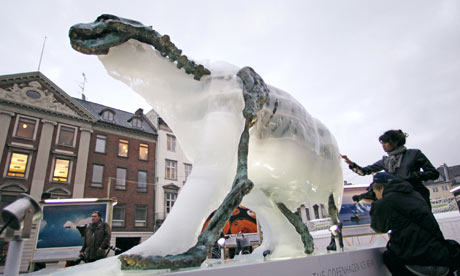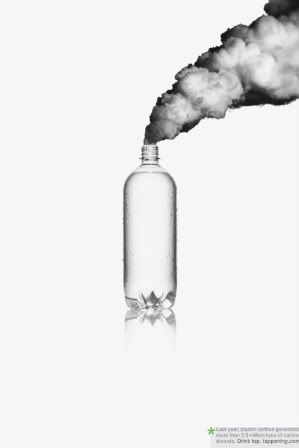I was overwhelmed with sadness today when I read about the latest discovery about polar bears- they are getting smaller. A comprehensive study done on 300 polar bear skulls, comparing skulls from the early 20th century to from more recent skulls show they have changed in both size and shape.

Cino Pertoldi, a professor of Biology and lead scientist of the study, states "Because the ice is melting, the bears have to use much more energy to hunt their prey... Imagine you have two twins - one is well fed during its growth and one is starving. (The starving) one will be much smaller, because it will not have enough energy to allocate to growth."

While this news is devastating it is still, in a way, good news. Every shred of evidence we find to help prove that the effects of global warming are killing wildlife and the planet is another shred to push lawmakers to do something about it. Christian Sonne, a veterinary scientist who worked with the team, said that the samples have provided them with an entire century of evolutional development for polar bears., making them a "fantastic sample". Sonne goes on to say "Polar bears are one of the most polluted mammals on the globe."
Which reminds me. Have you signed
this petition, from savethepolarbear.org? If not, do it!
And to read more about the study on shrinking polar bears, read
this article from the BBC.












